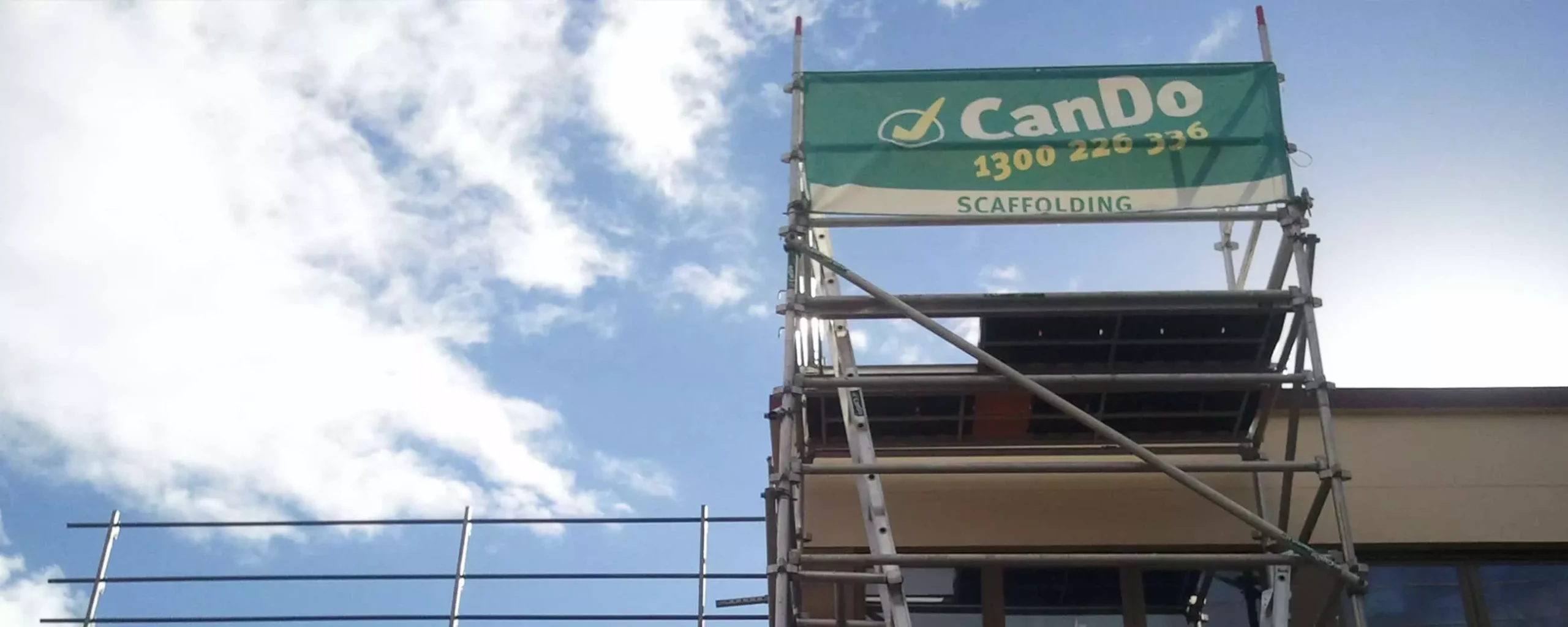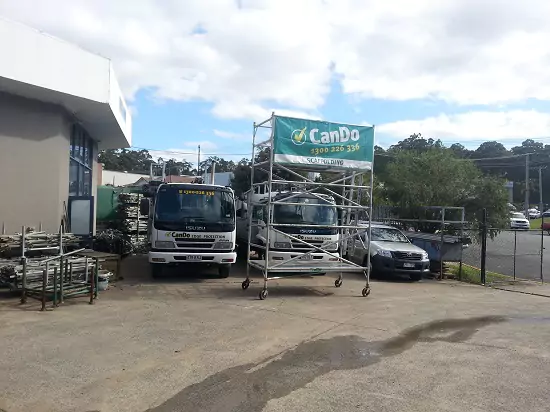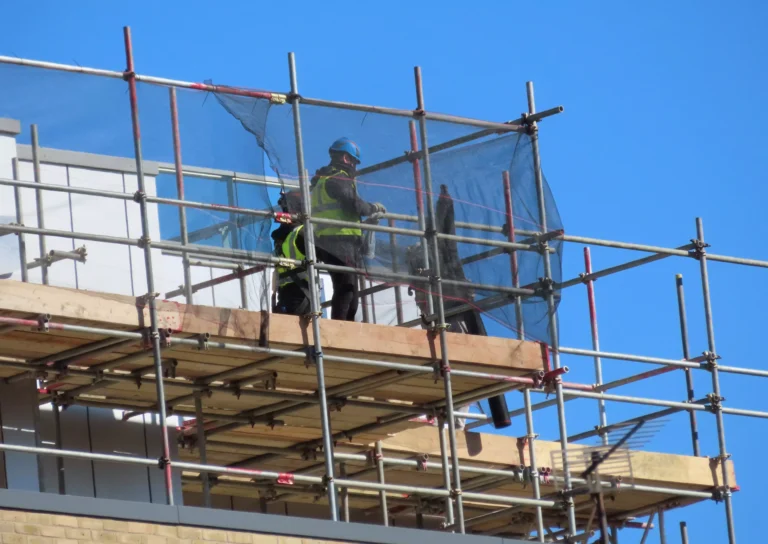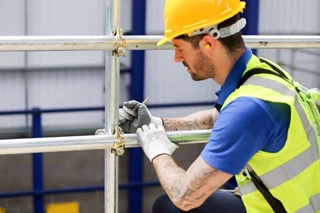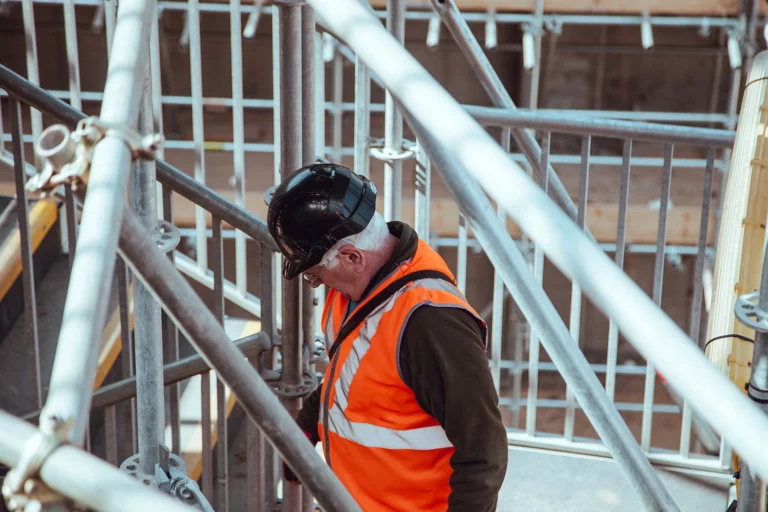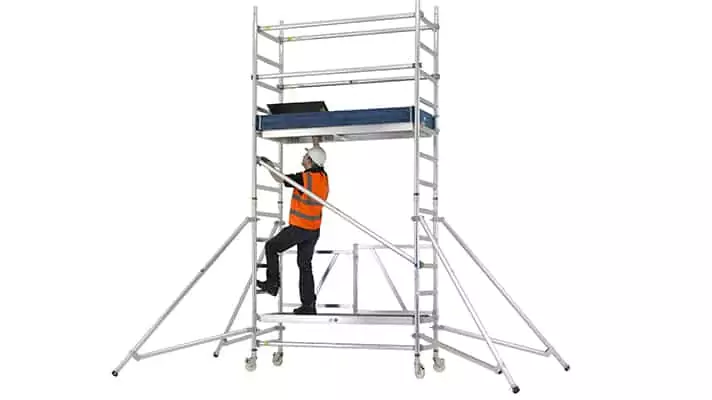Emergency Procedures For Falls In The Workplace: A guide
Working with scaffolding can be very dangerous and comes with a high risk of injuries and fall accidents in the workplace. Falls may result in head injuries, fractures, or worse.
For the safety of people on-site, it’s therefore necessary that industries are ready to implement an emergency plan and safety measures should an unfortunate event occur during scaffolding works. Under section 21 of the Occupational Health and Safety Act, all employers must provide and maintain a healthy and safe working environment without risks of harm.
Here are some elements of sound emergency response procedures for falls in the workplace the employer’s duty of care includes:
Emergency Plans and Procedures
There must be established emergency plans and procedures for falls when scaffolding work is done at your construction site. It’s also crucial that the protocols are known and understood by the staff and potential emergency personnel and relevant workers across all levels. Detailed steps must be provided for all workers to follow in every worksite and must be included in the overall safety plan.
These procedures should take into account different scenarios and potential hazards. Doing so will ensure that the emergency procedures for falls will be adequate in case of a real emergency. Below are the things that must be considered when devising emergency procedures for falls in the workplace:
1. Access to the Worksite
Easy access to the work location will play a big role in the success of your emergency procedures. Emergency services and emergency vehicles must not encounter any difficulties entering and leaving the worksite so that quick rescue can be performed. During your planning, make sure to design the fastest route possible for rescuers and remove any blockage like machines and equipment.
2. Rescuer capability
As an emergency standard, every worker in your team must be capable of potentially saving a life from a height accident and assess the preceding danger for himself and other people on the site. Adequate first aid and life-saving equipment manipulation training must be given to enhance all rescuers’ capabilities.
3. Rescue & aid equipment
Rescue and emergency equipment suitable for working at heights must be at hand and readily available for easy access. These include first aid tools, ropes, ladders, wheelchairs, and stretchers, which must be clearly marked and kept close for easier access. Trained personnel must also be within close proximity during work hours at the site. This is to ensure that rapid response in medical treatment will be provided while waiting for an ambulance to arrive. Suitable protective equipment (PPE) and protective clothing should also be worn by everyone entering the work site.
Also read: Essential Personal Protective Equipment For Scaffolders
4. Adequate Communication
Accidents related to scaffolding works need immediate communication and coordination between the workers above and personnel on the ground. A radio communication system is the best way to respond to an emergency. However, all workers should be trained in using communications equipment without causing an additional risk of falls and accidents.
5. Local Emergency Rescue
Your emergency procedure for falls must also include immediate notification of the local emergency rescue. This means that all workers must be aware of the emergency hotlines and other contact information. The typical response time must also be known to all so that appropriate actions will be done while waiting for the rescuers.
6. Rapid Response
Suspension trauma also called Harness Hang Syndrome, is a situation wherein a victim is suspended in a safety harness and loses consciousness because of the trapped blood in the legs for being held upright. This position restricts adequate oxygen from reaching the brain and slows down the heart rate which causes the passing out of the victim.

A rapid and effective response plan must be carried out in a matter of 10 minutes by trained and competent people to ensure safety from the danger of life-threatening suspension trauma.
However, there are ways to avoid the occurrence of suspension trauma in the event of falls while working with scaffolding. These include the implementation of a buddy system and ensuring that the harness to be used will allow workers to position horizontally.
Should a harness suspension occur after a fall, height workers must remain calm and take deep breaths regularly to avoid hyperventilating. They should maintain leg motion as much as possible and horizontally position their legs to allow blood to flow from the legs. As a supervisor, make sure that all scaffolding workers know these actions to prevent worse scenarios from happening.
Contact CanDo Scaffolding
By conducting a risk assessment and implementing the necessary emergency procedures for falls in the workplace, you are ensuring that no further harm will occur to your workers. Still, the best way to guarantee safety while working at heights is by getting a reliable scaffolding service.
If you need professional scaffolding services and height safety solutions on the Gold Coast, Northern Rivers, or Greater Brisbane, CanDo is the best help you can get.
We provide a wide range of scaffolding and height services, including steel scaffolding, hang on platform, mobile scaffold tower, and edge protection. All of our services are designed to provide safety to your height workers while helping you save money and time on scaffolding works.
Call CanDo today at 1 300 226 336 for all your scaffolding needs or send an email to theguys@cando.com.au for your enquiries. You can also contact them via their Facebook page.

